There comes a time in every car owner’s life when the faithful battery that once roared to life every morning reaches the end of its journey. But unlike a simple household item, an old car battery is a carefully engineered container of hazardous materials, ready to pose serious risks if not handled properly. Disposing of these heavy-duty power sources safely isn’t just good practice—it’s a responsibility that protects the environment, public health, and even your own peace of mind. In this article, we’ll navigate the essential steps and smart strategies to ensure your old car batteries are retired in the safest, most eco-friendly way possible.
Table of Contents
- Understanding the Risks of Improper Car Battery Disposal
- Identifying the Components of Old Car Batteries
- Preparing Your Battery for Safe Disposal
- Finding Authorized Recycling Centers Near You
- Step-by-Step Guide to Battery Drop-Off Procedures
- Environmental Benefits of Proper Battery Recycling
- Q&A
- Key Takeaways
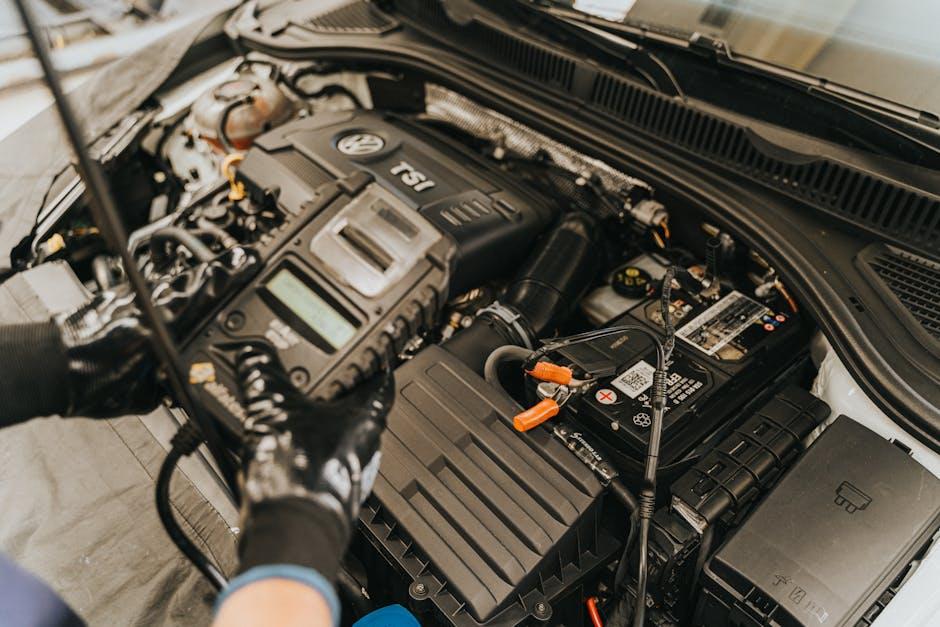
Understanding the Risks of Improper Car Battery Disposal
Improper disposal of car batteries poses significant environmental and health hazards. These batteries contain heavy metals like lead and toxic chemicals such as sulfuric acid, which can leak into the soil and water supply if not handled correctly. Such contamination can damage ecosystems, harm wildlife, and even affect human health through water pollution. Additionally, discarded batteries can cause fires or explosions if punctured or exposed to heat, creating dangerous situations for waste management workers and communities alike.
When old car batteries are thrown away with regular trash or left in landfills, the risk of hazardous leaks increases dramatically. To put this into perspective, consider the following impacts of improper disposal:
- Soil degradation: Toxic substances seep into the earth, reducing soil fertility.
- Water contamination: Chemicals migrate to groundwater, impacting drinking water safety.
- Air pollution: Burning batteries releases dangerous fumes and heavy metals into the air.
| Hazard | Cause | Consequence |
|---|---|---|
| Soil Contamination | Lead Leakage | Plant Toxicity |
| Water Pollution | Sulfuric Acid | Unsafe Drinking Water |
| Airborne Toxins | Battery Combustion | Respiratory Issues |

Identifying the Components of Old Car Batteries
Understanding what makes up an old car battery is essential before disposing of it. Typically, these batteries consist of lead plates submerged in an electrolyte solution made of sulfuric acid. This mixture generates the chemical reaction necessary to power your vehicle, but it’s also hazardous and requires careful handling. Surrounding these core components are plastic casings designed to contain the acidic fluid and prevent leaks, though damage or cracks can lead to dangerous spills.
To visualize the breakdown, here’s a quick overview of the essential components:
- Lead Plates: Serve as the battery’s electrodes and contain heavy metals.
- Sulfuric Acid Electrolyte: Facilitates the flow of electrical energy but is corrosive.
- Plastic Casing: Houses all parts and provides structural integrity.
- Terminal Posts: Allow connection to the vehicle’s electrical system.
| Component | Material | Hazard |
|---|---|---|
| Lead Plates | Lead | Toxic Heavy Metal |
| Electrolyte | Sulfuric Acid | Corrosive Acid |
| Plastic Casing | Polypropylene | Environmental Waste |
| Terminal Posts | Lead or Lead Alloy | Heavy Metal |
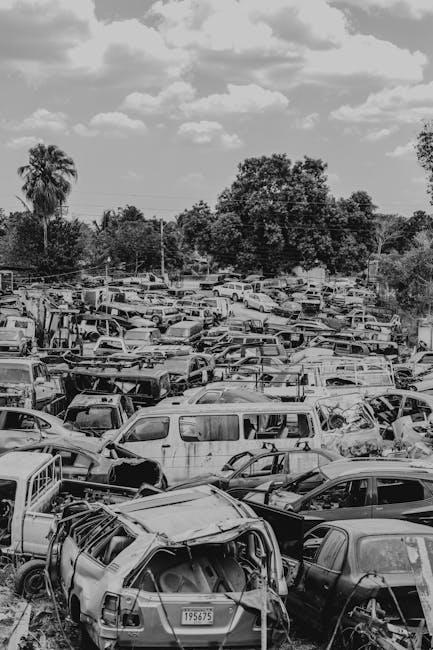
Preparing Your Battery for Safe Disposal
Before handing over your old car battery for recycling or disposal, it’s essential to take a few precautionary steps to ensure safety and environmental responsibility. First, make sure the battery terminals are clean and dry; this will prevent any accidental short circuits during transportation. Wrapping the terminals with electrical tape is a smart way to avoid sparks. Additionally, always wear protective gloves and eyewear when handling the battery, as leaking acid can be harmful. Handle the battery gently – avoid dropping or tilting it excessively to prevent spills.
Labeling your battery is another helpful tip. If you notice any damage such as cracks or leakage, mark it clearly before disposal – this alerts the recycling center to handle it with extra care. Keep the battery in a cool, dry place until you can take it to a certified drop-off location. Here’s a quick checklist to keep handy when preparing your battery:
- Inspect for visible damage (leaks, cracks, corrosion)
- Clean and dry terminals thoroughly
- Wrap terminals with electrical tape
- Wear protective gloves and eyewear
- Store in a stable, upright position
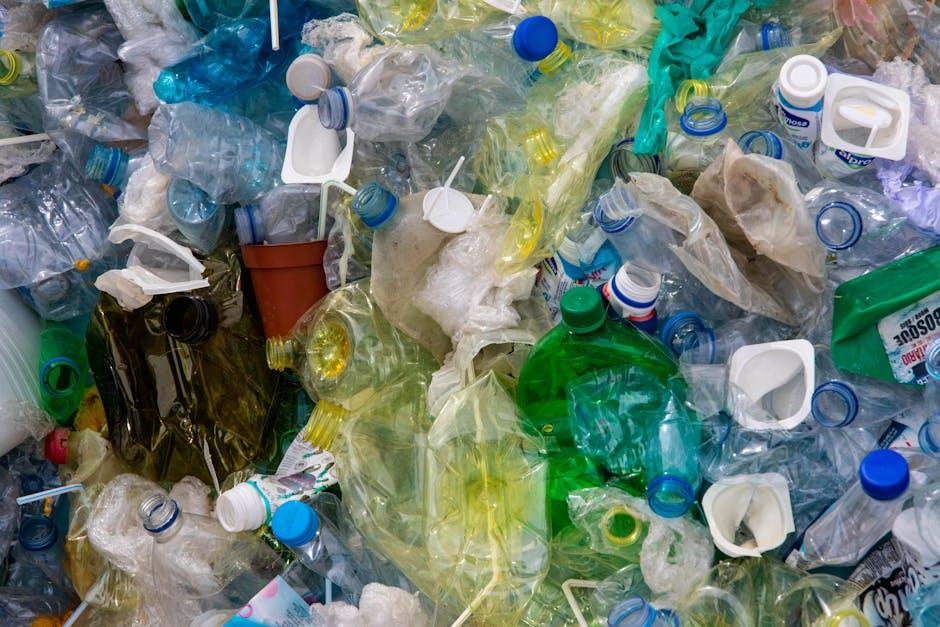
Finding Authorized Recycling Centers Near You
Locating a trusted facility to handle your old car battery is essential for both environmental safety and legal compliance. Start by exploring local government websites or environmental agencies that often provide directories of authorized recycling centers. These lists are updated regularly and highlight locations equipped to process hazardous materials responsibly. Additionally, many automotive parts stores and dealerships offer battery exchange or recycling programs, making it convenient to drop off your spent battery during routine car maintenance.
When searching, consider the following tips to ensure your battery is recycled properly:
- Verify certifications: Look for centers with clear permits and compliance with environmental regulations.
- Check collection methods: Some facilities offer curbside pickup or scheduled drop-off events for added convenience.
- Ask about fees or incentives: While many centers accept batteries free of charge, some might provide a small monetary return.
| Recycling Center Type | Common Locations | Additional Services |
|---|---|---|
| Municipal Waste Facilities | City landfills, transfer stations | Hazardous waste collection days |
| Automotive Retailers | Battery shops, auto parts stores | Battery exchanges, discounts on new batteries |
| Specialized Recycling Centers | Private companies, green waste hubs | Eco-friendly disposal, material recovery |
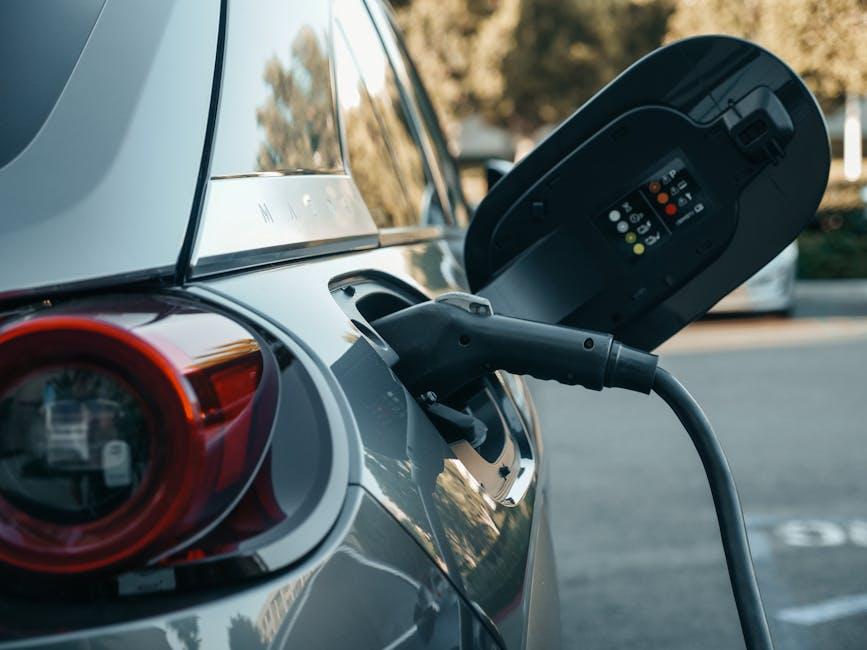
Step-by-Step Guide to Battery Drop-Off Procedures
Before heading to a drop-off location, ensure you wear protective gloves and goggles to avoid any contact with battery acid. Locate a certified recycling center or automotive store that accepts used car batteries; many offer free drop-off services. When transporting, keep the battery upright in a sturdy, leak-proof container to prevent spills. Don’t forget to secure it properly in your vehicle to avoid tipping or damage during the journey.
Once at the facility, hand over the battery to the attendant or follow the posted self-service instructions. Some centers will request basic information such as your contact details or vehicle type—this helps track recycling efforts. Afterwards, you might be eligible for a modest rebate or discount on new batteries, so ask about any incentives available. By adhering to these steps, you contribute to environmental protection and resource conservation effectively.
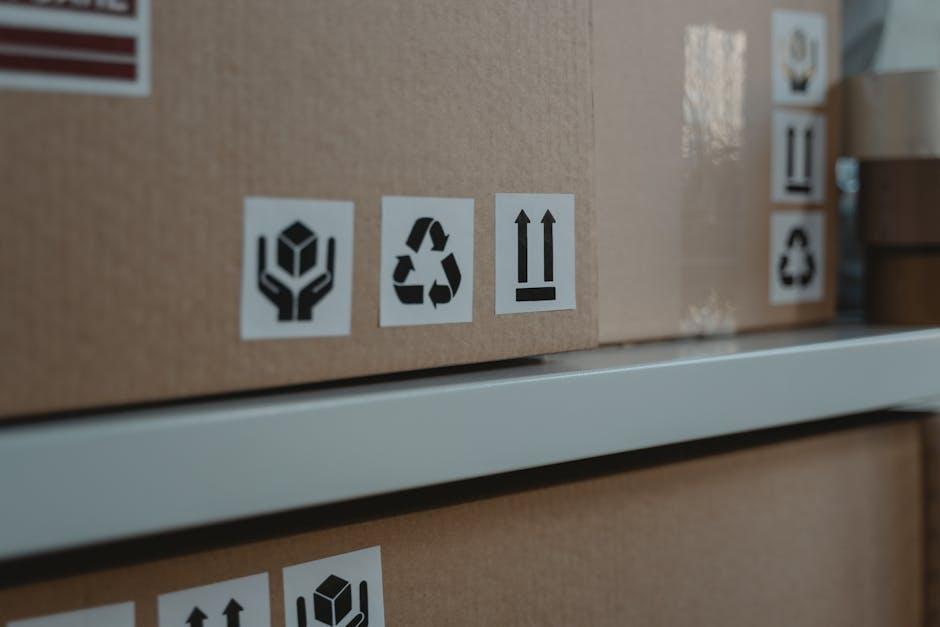
Environmental Benefits of Proper Battery Recycling
Recycling car batteries responsibly plays a crucial role in reducing environmental pollution. These batteries often contain hazardous substances like lead, sulfuric acid, and heavy metals. When improperly discarded, these toxic materials can leach into soil and water, causing long-term damage to ecosystems and human health. By ensuring batteries are recycled at certified centers, we prevent these contaminants from entering the environment, preserving clean water sources and fertile land for future generations.
Moreover, battery recycling conserves valuable resources and reduces the demand for mining new raw materials. Instead of extracting more lead and plastic, recycled components are refurbished and reused, significantly lowering energy consumption and greenhouse gas emissions. Some key environmental benefits include:
- Reducing landfill waste: Keeps non-biodegradable battery components out of landfills.
- Decreasing toxic pollution: Prevents chemical leaks that harm wildlife and humans.
- Saving natural resources: Cuts down on mining activities and preserves ecosystems.
- Lowering carbon footprint: Recycling consumes less energy than manufacturing new batteries.
| Benefit | Impact |
|---|---|
| Toxic Waste Reduction | Prevents soil and water contamination |
| Resource Conservation | Less mining, preserves raw materials |
| Energy Savings | Lower energy used than producing new components |
Q&A
Q&A: How to Dispose of Old Car Batteries Safely
Q1: Why is it important to dispose of old car batteries properly?
A1: Old car batteries contain hazardous materials like lead and acid that can harm the environment and human health if not handled correctly. Proper disposal prevents soil and water contamination and promotes recycling of valuable materials.
Q2: Can I just throw my old car battery in the trash?
A2: No! Throwing car batteries in the trash is illegal in many places due to their toxic components. It can also cause fires and release dangerous chemicals. Always use designated disposal methods.
Q3: Where should I take my old car battery?
A3: Most auto parts stores, repair shops, and recycling centers accept used car batteries. Some retailers even offer cash or discounts for turning in batteries, encouraging safe recycling practices.
Q4: Do I need to prepare the battery before disposal?
A4: Generally, it’s best to keep the battery upright, avoid leaks, and place it in a sturdy container for transport. Wear gloves to protect your hands and avoid contact with battery acid.
Q5: What happens to a car battery after I recycle it?
A5: Recycled car batteries go through processes that recover lead, plastic, and acid. These materials are then cleaned and reused to make new batteries or other products, reducing waste and conserving resources.
Q6: Are there any environmental benefits to recycling car batteries?
A6: Absolutely! Recycling prevents toxic substances from entering the ecosystem, reduces the need for mining raw materials, and saves energy. It’s a green choice that helps protect our planet.
Q7: What if my battery is damaged or leaking?
A7: Handle it with extreme caution. Wear protective gear and place the battery in a sealed, leak-proof container. Contact a local hazardous waste disposal center for guidance on safely managing compromised batteries.
Q8: How often should I check or replace my car battery?
A8: Typically, car batteries last 3 to 5 years. Regular checks can catch signs of wear or corrosion early, ensuring your vehicle runs smoothly and you’re prepared for safe disposal when the time comes.
By following these tips, you can safely say goodbye to old car batteries—responsibly and sustainably!
Key Takeaways
Disposing of old car batteries doesn’t have to be a daunting task. By following safe and responsible methods, you not only protect yourself and others from harmful chemicals but also contribute to a healthier planet. Remember, every battery properly recycled is a small victory for environmental sustainability and resource conservation. So next time you replace your car battery, take a moment to dispose of the old one thoughtfully—it’s a simple action with a powerful impact. Safe disposal is more than a good habit; it’s a vital part of driving toward a cleaner, greener future.

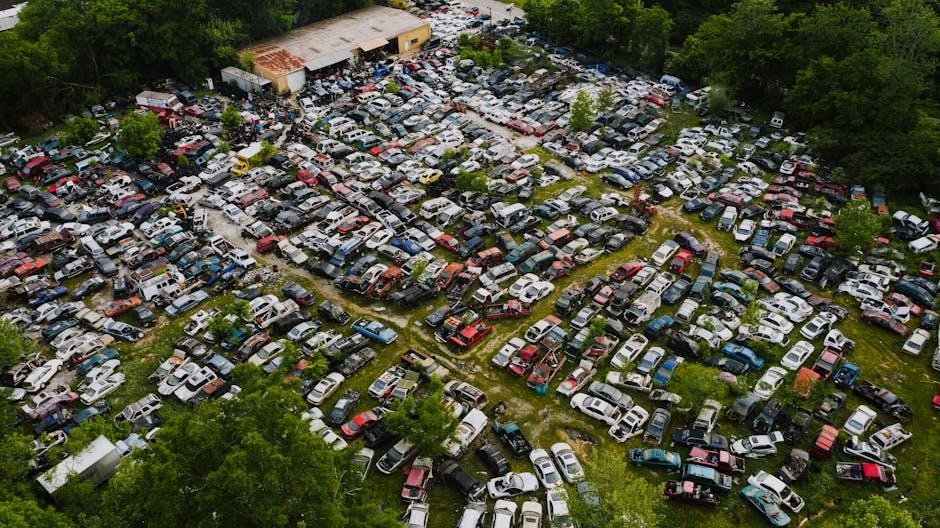
2 Comments
ssb3tn
ssb3tn